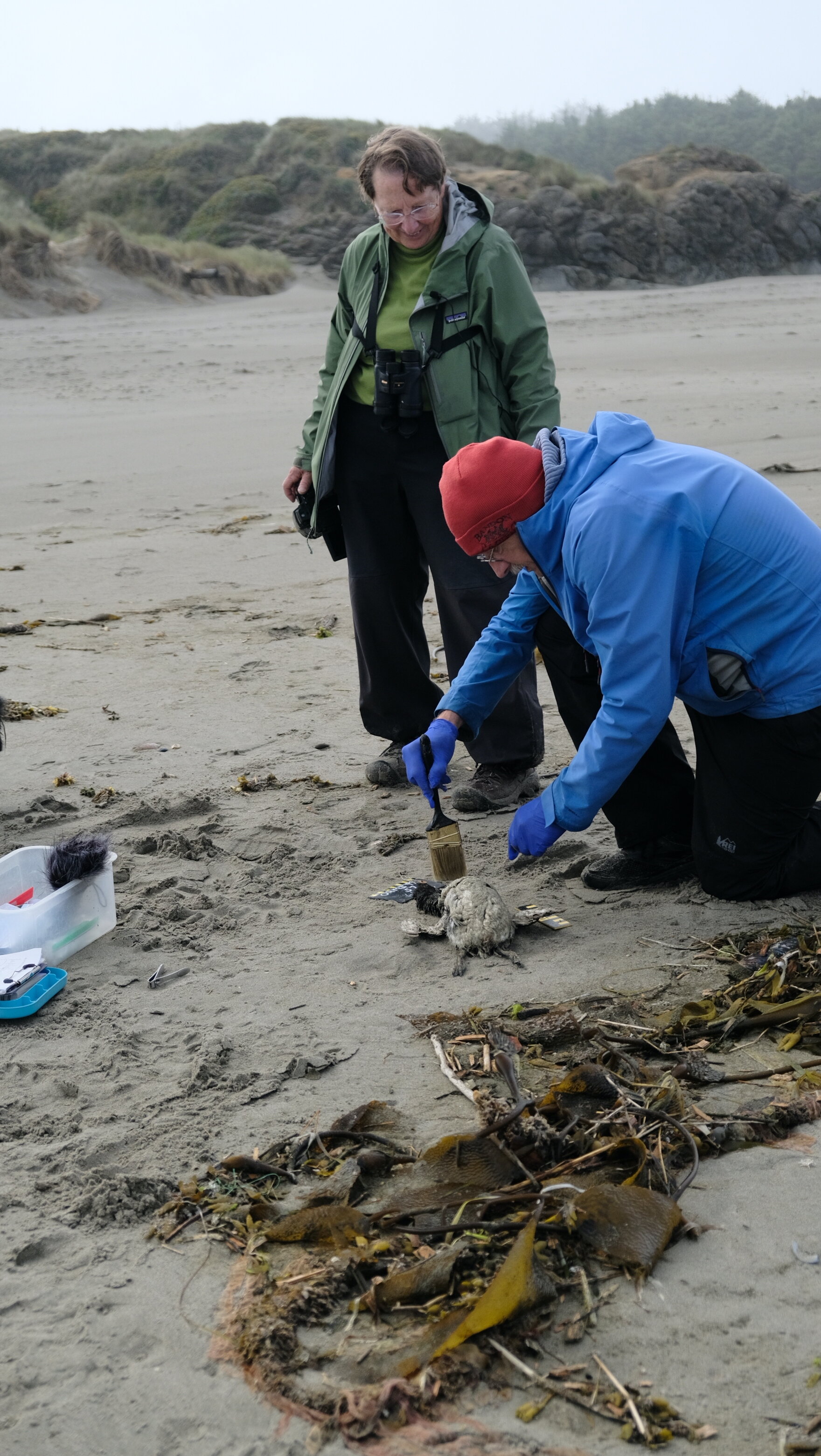Bandon, Oregon
ORMI 99 (Oregon Mile 99). Photo by Ross Todd.
With the Pacific Northwest being one of the most geologically active regions in the world, the Coast Range of Oregon is cut dramatically making it a site of breathtaking seascapes. The Bandon area of southern Oregon is dotted with a number of popular beaches that draw in tourists such as the circles in the sand beach and face rock point as well as lesser known spots or private beaches.
As with much of the pacific coast, the gold rush era introduced change in the social and cultural makeup of the area. Prior to 1850, the Bandon area was inhabited by the Coquille Indians. These people, along with many coastal native peoples, were removed from their lands and relocated to the coastal reservation at Siletz. The Oregon History Project has documented some themes around the interplay between natural history and human actions, namely, the isolation from physiographic aspects, the strong presence of federal policies which shaped transportation, demographics, and industrial development, and the inequities in Indian-white relations. One tension that they highlight, which is particularly salient in a period of rapid climate change, is the isolated nature of the region with the economic dependence on the outside world.
Bandon is in Coos County, which makes up only 1.5% of the entire state population. The town’s name comes from a town in Ireland of the same name. Prior to being named Bandon, it was called Averille. It was incorporated in 1891 after being designated an important shipping port.
During the visit, we spoke with COASST surveyors at the Bandon beach site as well as a surveyor who covers Whiskey Run, Cut Creek South, and Sacchi Beach. COASST volunteers, Diane and Dave Bilderback, conduct regular surveys on their beach for expired birds to track the health of bird colonies just offshore. The dynamic nature of the beach and the daily changes that result from such a diverse ecosystem provide an air of excitement and anticipation for these citizen scientists, as heard in Diane’s voice.
Participating in monthly COASST surveys has been one way through which the Bilderbacks have developed a fondness for the place now called Bandon, but also a fondness for the community of people who monitor beaches up and down the pacific coast. Diane and Dave recall how they first got involved in the COASST program, which started with Diane’s mother who expressed initial excitement for the work.
What began as an opportunity to connect with family and community has enhanced a passion for the natural environment, providing Dave an outlet to expand and explore, viscerally, the coastal geomorphology and cyclical nature of change at Bandon.
With each annual season, coastal change occurs rapidly at Bandon, part of a long history of a landscape that has seen remarkable change in physical form, purpose, and occupancy over time.

